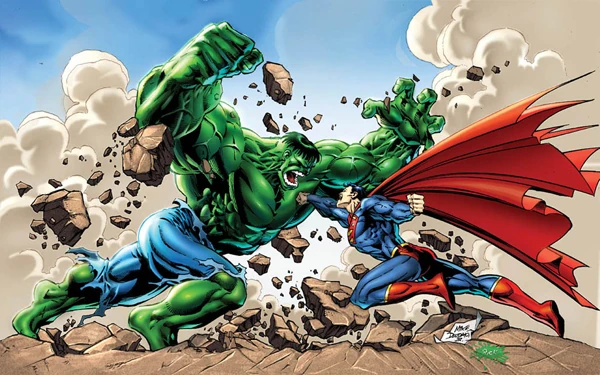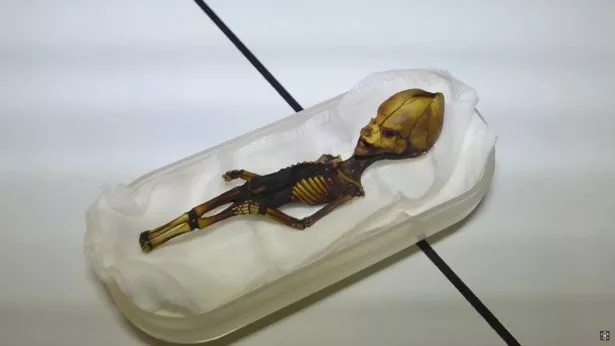Fuel for Thought: 8 Driving Tips to Improve Your Car’s Gas Mileage
Written by Sneh Chaudhry on May 13, 2022
With the price of a Litre of Fuel in Fiji, getting some advice about improving your mileage is becoming a greater priority. While there are some simple ways to make your dollar go further at the pump, there are also things you can do after driving off that can boost your fuel savings.
1. Don’t accelerate too quickly.
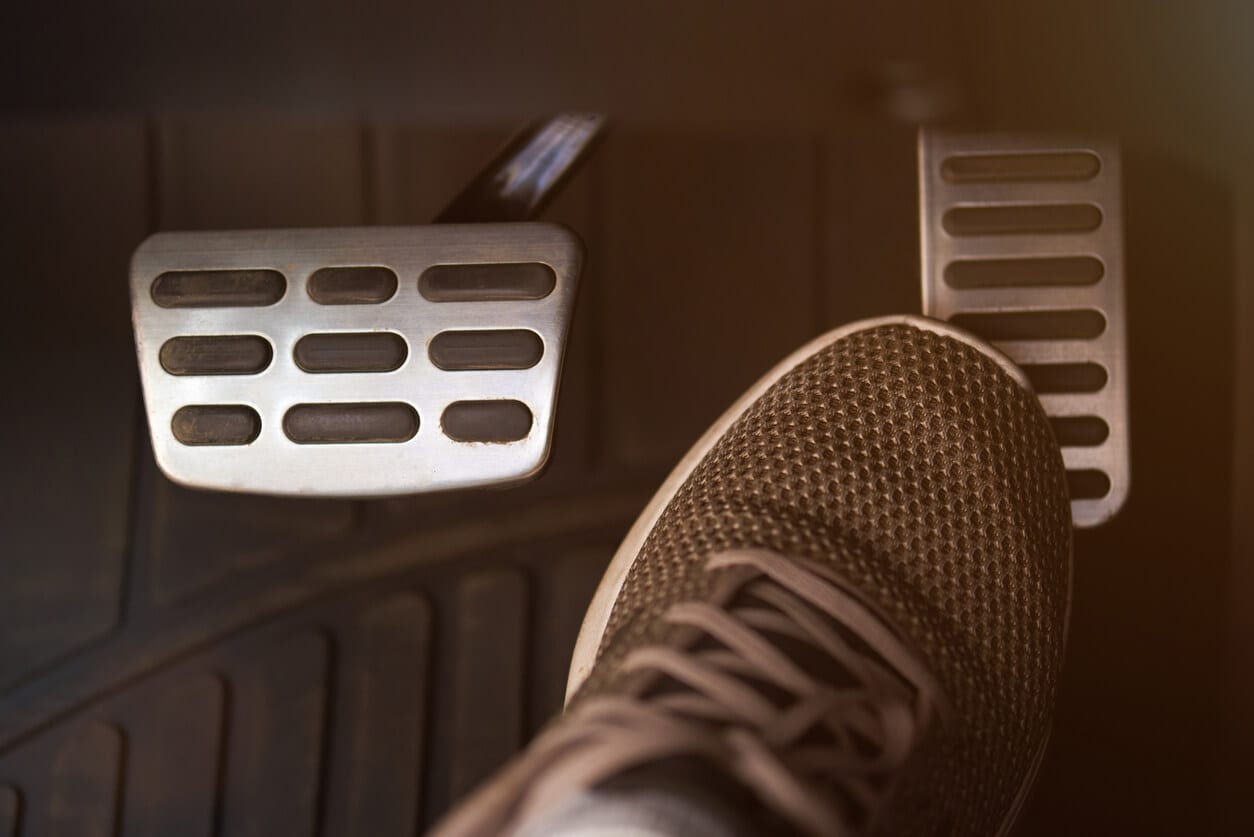
Living out your race car fantasies on the open road is inadvisable for a number of reasons, but one of the biggest is that it burns fuel quickly. Trying to accelerate like you’re being chased wastes fuel, which is why you should do your best to speed up slowly. Toyota recommends a 5-second acceleration to 15 miles an hour from a stop. Another trick is to imagine an egg under your gas pedal. You want to squeeze it, not smash it.
You also want to avoid rapid starts and stops. That’s not easy in city driving, so sticking to highways whenever possible can boost your miles per Litre (MPL). Be mindful that any form of “aggressive” driving can reduce your MPL by 15 to 30 percent on highways and up to 40 percent in the city, so it pays to keep it cool.
2. Be gentle on your brakes.
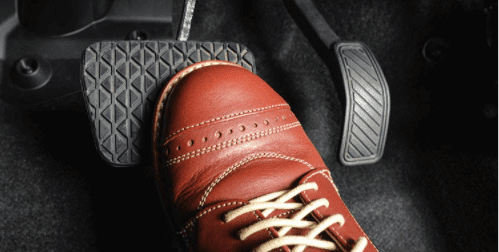
Letting your mind wander, talking on the phone, and driving too close to the car ahead of you can all lead to abrupt braking thanks to an obstacle—a red light, stop sign, or pedestrian—coming into focus too quickly. You want to brake slowly, which means keeping alert and a reasonable distance away from other traffic in the lane.
3. Be mindful of your tires.

Plenty of people doesn’t pay their tires much attention until it’s time to replace them. But it’s important to maintain proper air pressure and perform regular maintenance, like rotating, to keep them in working order. Underinflated tires won’t do your MPL number any favours.
4. Don’t be idle.
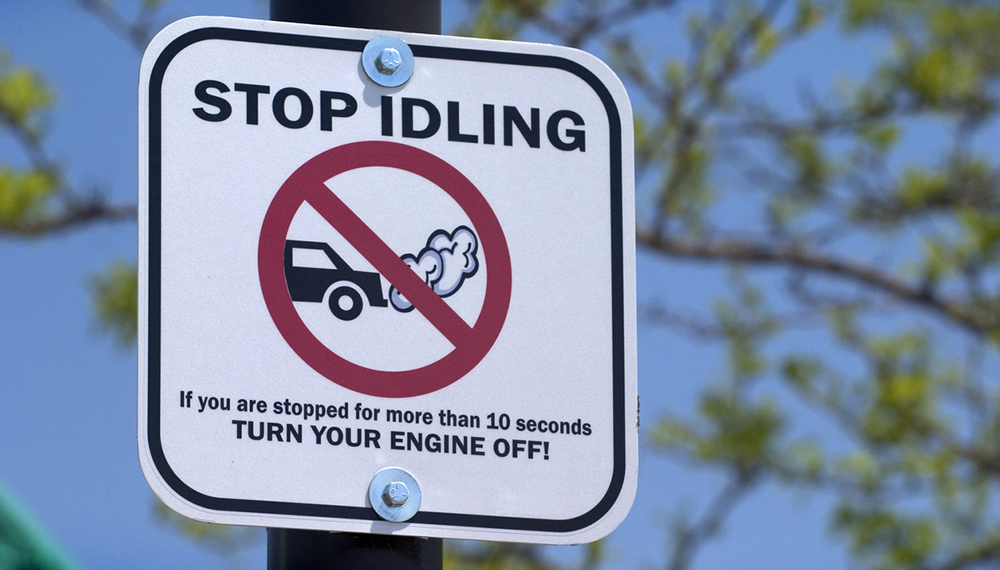
If you need to hang out for more than a minute while in line at a drive-thru or waiting for a passenger to make a store run, switch off the engine. Restarting it will consume far less fuel—about 10 seconds’ worth—than keeping it idle.
5. Clean out your vehicle.
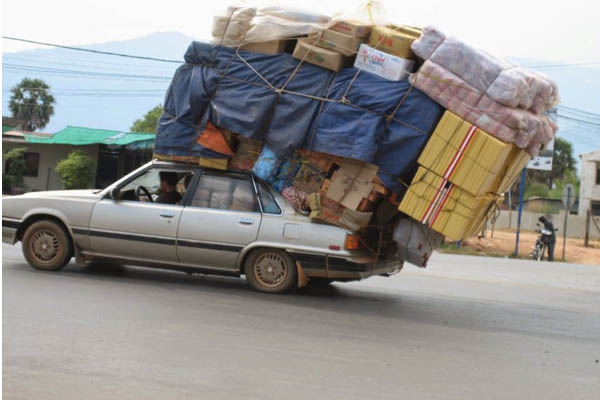
The heavier the car, the more fuel it will consume. While you may think that applies only to SUVs, it’s true of any vehicle carrying weight. That’s why keeping things stored inside is likely going to lead to decreased fuel efficiency. If you’ve been using your car as a storage locker, now is a good time to clean it out. While it’s not much—an extra 50Kg might take 1 percent off your MPL—it’s still something.
Also, be particularly mindful of roof cargo, which not only adds weight but also increases drag, which will also tank your car’s MPL.
6. Keep your car clean (and windows shut).

Washing your car is about more than just having a shiny mode of transportation. A clean car can reduce drag, especially on highways. So can keeping windows and moon roofs shut.
7. Park somewhere warm.
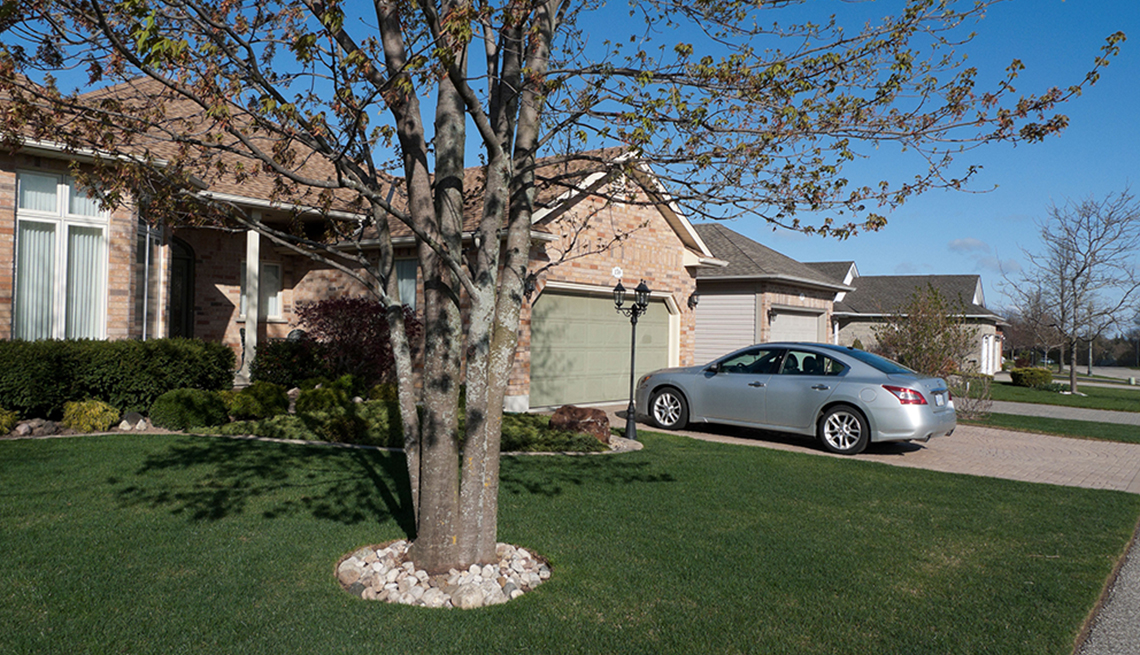
If you have a garage, use it. Cars that need to struggle against cold temperatures typically use more fuel. While you can’t control the weather, you can keep your vehicle slightly warmer by parking in a shelter or somewhere with sun exposure (unless, of course, it’s summer and you’re using AC). This will increase the car’s starting temperature, reducing the burden on the engine.
8. Stick to the speed limit.

According to the U.S. Department of Energy, gas mileage drops off after speeds of 50 miles per hour (mph) is reached. For every additional 5 mph driven, you’re essentially paying an extra 25 cents per gallon. Using cruise control can help take away the temptation to speed up.

